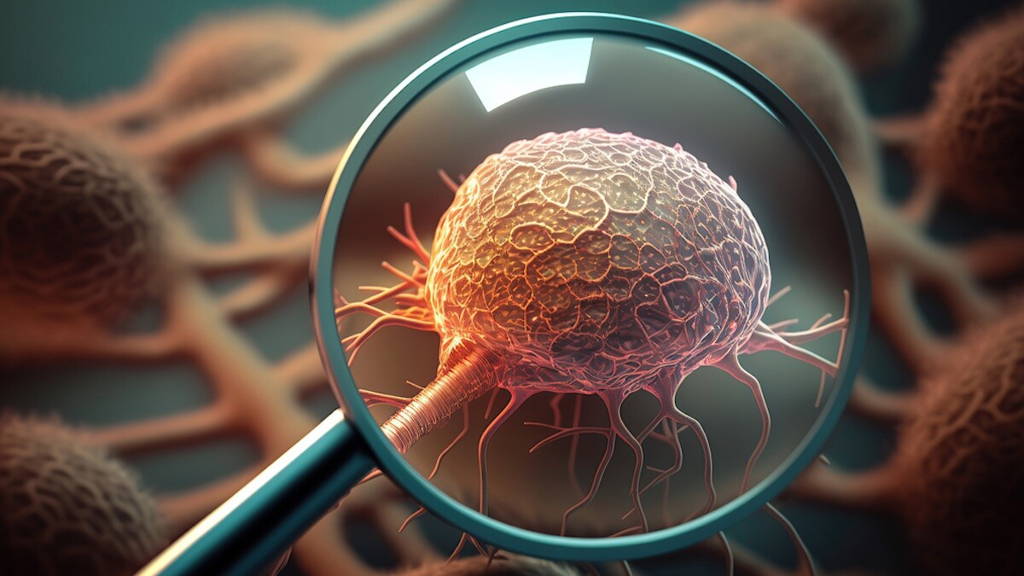At Peter MacCallum Cancer Center's Dawson Lab, Professor Sarah-Jane Dawson has developed a groundbreaking AI algorithm that can find malignant tumors using blood samples. Based on circulating tumor DNA (ctDNA) in the blood, the algorithm can identify cancer-related changes and patterns in patients' DNA without the need for a biopsy.
This new method, called MisMatchFinder, looks for changes in DNA patterns caused by the impact of cancer on cells in the body. These changes are known as the mutation signature. “Information about the mutation signature can often tell us more about the cancer, including possible causes why the cancer developed and what type of therapy is most effective,” Professor Dawson said.
Genome sequencing
Finding out this information now requires performing a genome sequencing on a tissue biopsy sample of the cancer, which is then compared to the DNA sample of the person carrying that genetic code. “This process is not only expensive and very time-consuming, but in some patients - due to the location of the tumor, for example - it can also be challenging to obtain tissue biopsy samples, so it's not a test that is often performed,” Dawson says.
With MisMatchFinder, the information needed to perform genome sequencing can be obtained from a blood test. This may make genome sequencing a lot more accessible to more patients and may also allow cancer treatments to be tailored more quickly to the specific type of cancer a patient is suffering from.
Monitoring progression without biopsy
In addition, this new method allows physicians to follow the progression of the disease without the need to perform a (often invasive) biopsy each time. “MisMatchFinder has dfe potential to make significant advances in cancer tracking and treatment and to provide new insights into the use of mutation signatures. We believe this knowledge will help guide and inform clinical decisions to optimize research-led treatment strategies for cancer,” says co-author Dr. Dineika Chandrananda.
The results and method of this invention were recently described in the article “Unraveling mutational signatures with plasma circulating tumor DNA” and published in Nature Communications.
AI in cancer research
A few weeks ago, researchers at Stanford Medicine published about a breakthrough in which the severity and type of cancer can now be determined from standard microscopy images of a tumor biopsy using an AI model. While that AI model cannot yet be used to support decisions about treatments to follow in a clinical setting, it is a good example of how AI can help improve cancer diagnosis and treatment (choice).






